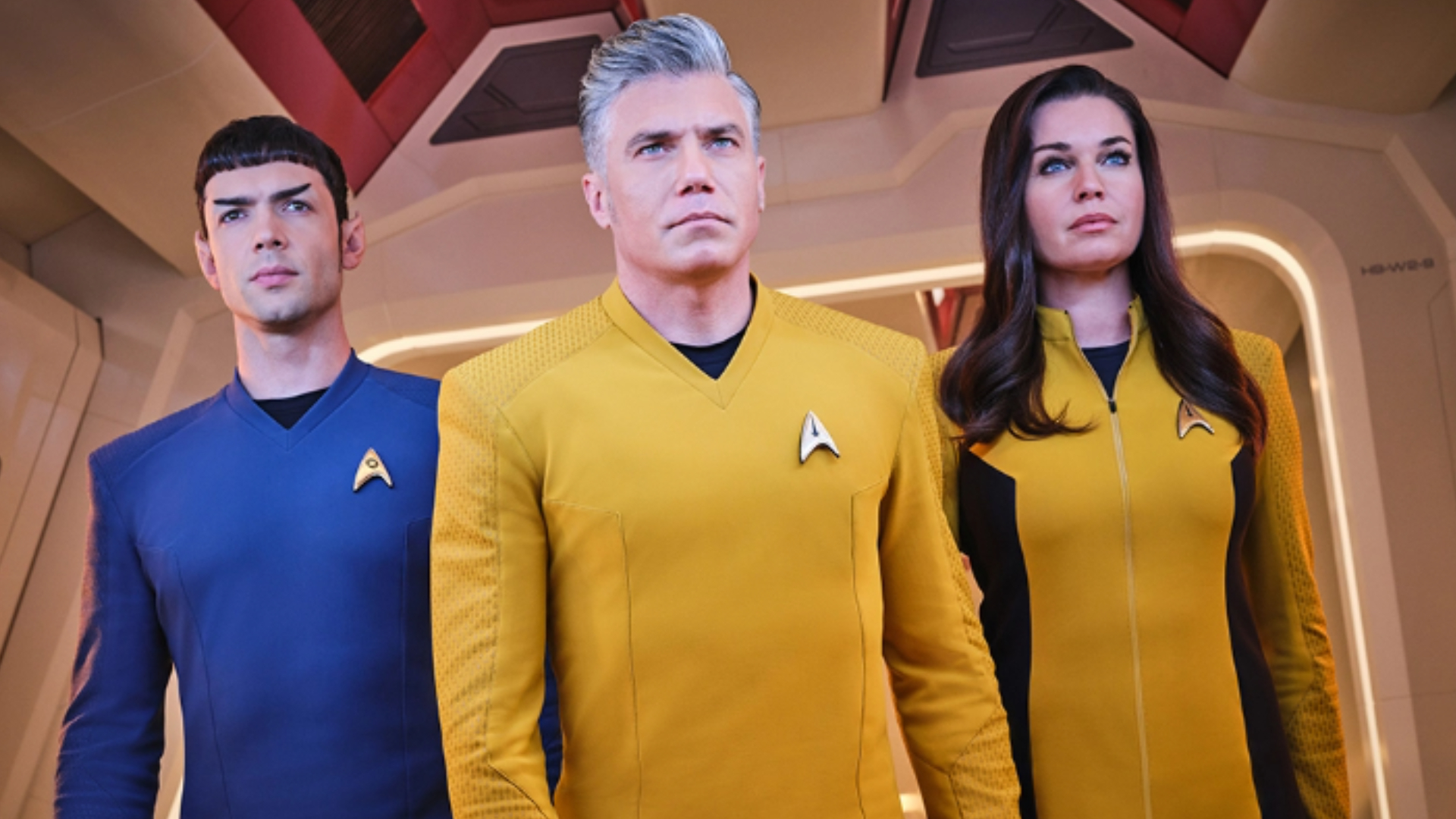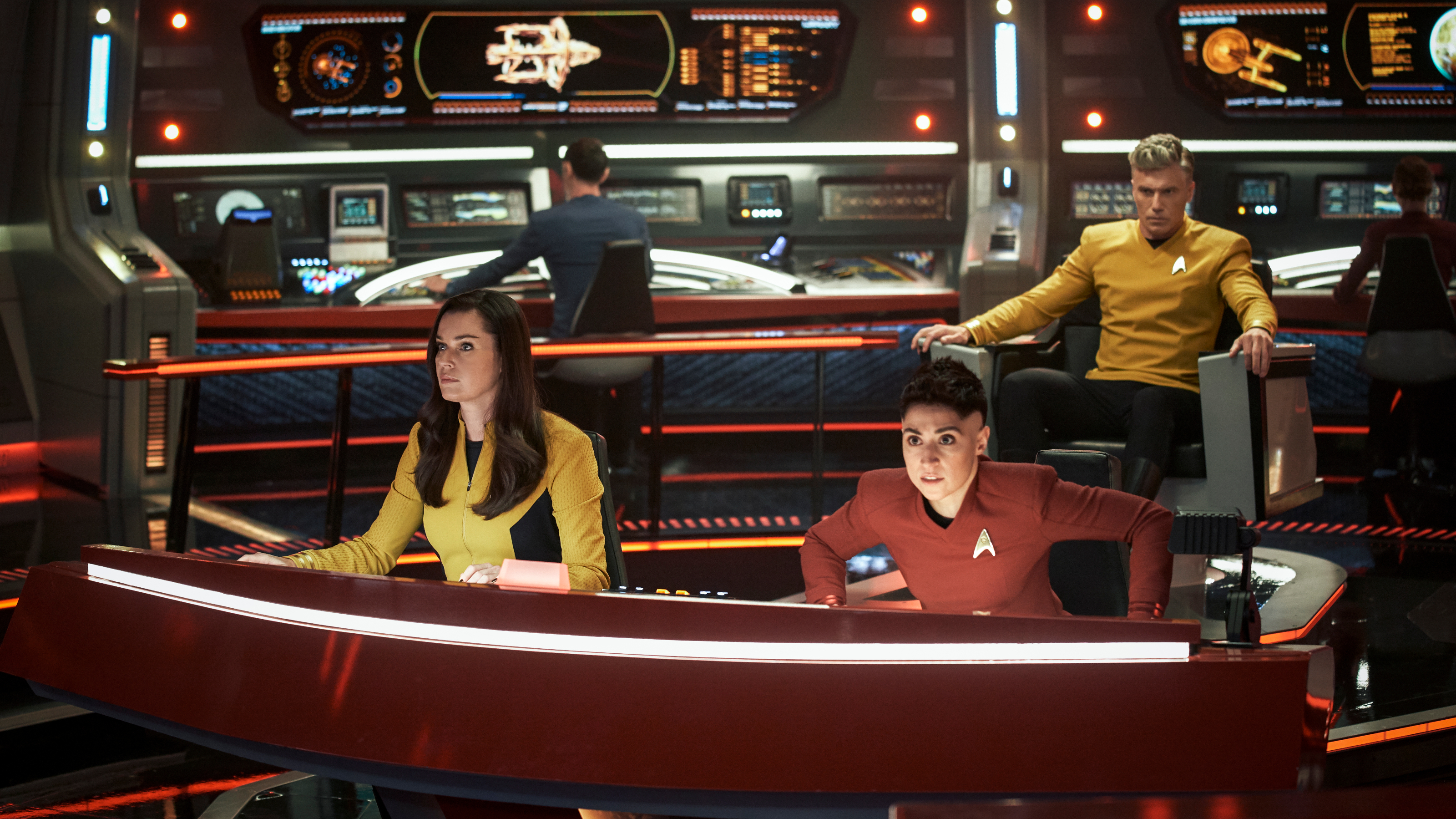
In 'C.E.D’oh', the 15th episode of the 14th season of The Simpsons, Homer hosts his “305th everything is back to normal BBQ”. Aside from being quite the shindig, it’s a knowing wink at the show’s habit of hitting the reset button when the story of the week is done, a riff on the idea that whatever’s come to pass during the previous 22-or-so minutes will be conveniently forgotten by the time the next episode rolls around.
Springfield is an extreme example, of course – only South Park has trapped its child stars in a similar state of arrested development – but once upon a time Homer’s party would have been representative of mainstream US television as a whole.
For decades, TV seasons were dominated by standalone episodes that concentrated on telling a (more-or-less) self-contained story in under an hour, and there was a logic to maintaining this status quo. In the pre-boxset, pre-streaming era, broadcast networks ruled the roost, and getting as many eyeballs as possible on lucrative ads was a priority – unsurprisingly, execs didn’t want to risk viewers heading elsewhere because they’d missed a couple of instalments and fallen behind. It was also conventional wisdom that, by the time a show had amassed enough episodes to make its way into syndication, it would be a more attractive proposition to buyers if episode-to-episode continuity wasn’t a concern.
Not that serialisation was entirely restricted to soap operas, mini-series, and mould-breakers like Twin Peaks in those days. The X-Files famously punctuated its monster-of-the-week storylines with an increasingly convoluted conspiracy plot that kept some viewers hooked while alienating others. And from hit dramas such as ER and NYPD Blue to long-running sitcoms like Cheers and Friends, character arcs frequently evolved week-to-week as series regulars dealt with career challenges, fell in and out of love, and – occasionally – passed on to the great beyond.
In the 21st century, however, a model that served American television well for decades has come to feel like a relic. Instead, the so-called “golden age” of television we’re living through has become defined by stories that unfold over weeks, months, and years, where skipping an episode is simply not an option. The epic likes of Breaking Bad, Succession, and Game of Thrones have subsequently come to dominate the cultural conversation in a way that used to be reserved for the movies, transforming the TV landscape forever. But that doesn’t mean there’s no longer space for shows that are content to tell a separate story every week – in fact, new series like Star Trek: Strange New Worlds and Poker Face are throwbacks that prove that sticking to the old ways can sometimes be an artform in its own right.

What Star Trek was made for
The original Star Trek was precision-engineered to deliver standalone stories every week. The show’s ingenious format allowed viewers to encounter different aliens and planets on a weekly basis, but with familiar faces like Kirk and Spock to act as a comfort blanket. It was the best of both worlds – a show that had the versatility of an anthology series like The Twilight Zone, yet didn’t have to waste any time establishing its characters every episode.
That formula went on to serve Trek TV shows well throughout the ’80s, ’90s, and ’00s. Aside from some major character beats and the occasional epic two-parter, Next Generation famously kept its serialisation in the background as Picard and the crew boldly solved whatever problem had beamed into their in-trays that week. Voyager and Enterprise made slightly more concessions to bigger ongoing stories – respectively, a quest to get back to the Alpha Quadrant, and a combination of a Temporal Cold War and mission to take down the Xindi – but didn’t veer too far from the familiar Next Gen formula. Only Deep Space Nine – a contemporary of Babylon 5, whose pre-planned five-year arc really did break the mould in the ’90s – truly stepped outside Trek’s long-established story-of-the-week format, and even then, the ambitious writers found themselves tiptoeing around sceptical execs.
And yet, when Discovery brought Trek back to TV in 2017 after more than a decade away, it didn’t feel weird that the show was diving headlong into a twisty, turny story arc. In fact, after Picard had also given Jean-Luc a long-awaited taste of the joys of serialisation, it was Strange New Worlds that felt like the outlier when Pike and co.’s ship’s logs were accompanied by new subject headers every week. Yes, the writers have managed to squeeze in plenty of canon and a few ongoing storylines – Pike’s tragic destiny, Number One’s Illyrian heritage, Ortegas' inability to get off the Enterprise – but the show is arguably closer to Gene Roddenberry’s original mission statement than any of Paramount Plus’ other shows. It’s also refreshing to sit down for an hour of TV when the “previously on…” recap isn’t the most important part of the episode.
Poker Face, meanwhile, joins a long lineage of TV murder mysteries where [insert name of detective] can be relied upon to solve the crime before the end credits roll. If ever a genre was built for the story-of-the-week format, this is it, so it’s not really surprising that series creator Rian Johnson has had great success transferring the whodunit (or, rather, howdunit) skills he honed on his two Knives Out movies. The twin hooks of a sleuth who can tell when people are lying and a succession of A-list guest stars don’t hurt, either.

All of this has happened before...
That Strange New Worlds and Poker Face can both feel like a breath of fresh air shows that TV is, by its nature, both cyclical and forgetful. Big, satisfying story arcs have undoubtedly elevated the medium to a level where the biggest names in Hollywood want a piece of the small-screen action, yet few things in entertainment are quite as satisfying as a short story well told. Indeed, Rick and Morty’s ongoing, self-referential push/pull between story arcs and standalones (in many ways a throwback to The X-Files) shows there’s still room for both – occasionally within the same show. When episodes can exist independently from the whole, series are liberated to take bigger risks, safe in the knowledge that a single storytelling misfire isn’t going to lead to accusations of jumping the shark. A show is also less likely to be defined by a disappointing series finale, as has arguably been the case with Lost or Game of Thrones.
Nobody’s expecting Captain Pike to host a weekly barbecue celebrating the restoration of the status quo on the Enterprise, of course – though, given his culinary skills, it would undoubtedly be excellent. But as TV has become more and more in thrall to the long game, it’s sometimes comforting to know that, by the time an episode is done, you’re free to move on to the next adventure, free from the hassle of cliffhangers and dangling story threads.
New episodes of Star Trek: Strange New Worlds debut on Paramount Plus in the US and UK every Thursday. Poker Face is available to watch on Now and Sky Go. For more great TV shows coming this year, check out our list of what to look forward to.







